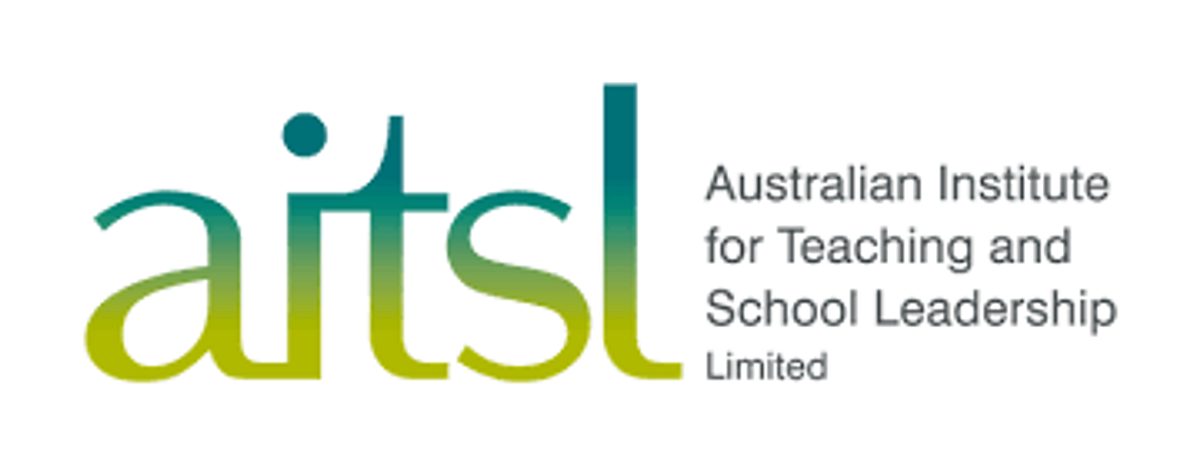
The Australian Professional Standards for Teachers (Teacher Standards) outline what teachers need to know and be able to do. There are seven Standards which are organised into three domains of teaching: Professional Knowledge, Professional Practice and Professional Engagement.
The Teacher Standards have four stages of increasing proficiency from Graduate, Proficient, Highlight Accomplished to Lead.
The seven Teacher Standards are:
- Know students and how they learn
- Know the content and how to teach it
- Plan for and implement effective teaching and learning
- Create and maintain supportive and safe learning environments
- Assess, provide feedback and report on student learning
- Engage in professional learning
- Engage professionally with colleagues, parents/carers and the community.
The Early Childhood Education Toolkit can help educators as they consider approaches for children’s learning and development in their setting across the seven Teacher Standards. The complete Early Childhood Education Toolkit can be accessed here.
1.1 Physical, social and intellectual development and characteristics of students
1.2 Understand how students learn
1.3 Students with diverse linguistic, cultural, religious and socioeconomic backgrounds
1.4 Strategies for teaching Aboriginal and Torres Strait Islander students
1.5 Differentiate teaching to meet the specific learning needs of students across the full range of abilities
1.6 Strategies to support full participation of students with disability
Communication and language approaches
Parental engagement
Physical development approaches
Play-based learning
Self-regulation strategies
Social and emotional learning strategies
2.1 Content and teaching strategies of the teaching area
2.2 Content selection and organisation
2.3 Curriculum, assessment and reporting
2.4 Understand and respect Aboriginal and Torres Strait Islander people to promote reconciliation between Indigenous and non-Indigenous Australians
2.5 Literacy and numeracy strategies
2.6 Information and Communication Technology (ICT)
Communication and language approaches
Early literacy approaches
Early numeracy approaches
Parental engagement
Play-based learning
3.1 Establish challenging learning goals
3.2 Plan, structure and sequence learning programs
3.3 Use teaching strategies
3.4 Select and use resources
3.5 Use effective classroom communication
3.6 Evaluate and improve teaching programs
3.7 Engage parents / carers in the educative process
Communication and language approaches
Early literacy approaches
Early numeracy approaches
Parental engagement
Play-based learning
Self-regulation strategies
Social and emotional learning strategies
4.1 Support student participation
4.2 Manage classroom activities
4.3 Manage challenging behaviour
4.4 Maintain student safety
4.5 Use ICT safely, responsibly and ethically
Communication and language approaches
Parental engagement
Physical development approaches
Play-based learning
Self-regulation strategies
Social and emotional learning strategies
5.1 Assess student learning
5.2 Provide feedback to students on their learning
5.3 Make consistent and comparable judgements
5.4 Interpret student data
5.5 Report on student achievement
Parental engagement
Play-based learning
Self-regulation strategies
6.1 Identify and plan professional learning needs
6.2 Engage in professional learning and improve practice
6.3 Engage with colleagues and improve practice
6.4 Apply professional learning and improve student learning
7.1 Meet professional ethics and responsibilities
7.2 Comply with legislative, administrative and organisational requirements
7.3 Engage with the parents/carers
7.4 Engage with professional teaching networks and broader communities